Understanding Carving Knives: Uses and Advantages in Your Kitchen
- February 1, 2024
- 0 comment
In the world of culinary arts, the right tools are not just a matter of convenience but a necessity for excellence. Among these tools, the carving knife stands out as a vital instrument in any kitchen, amateur or professional. This article delves into the world of carving knives, exploring their significance, uses, and the advantages they bring to your culinary endeavors.
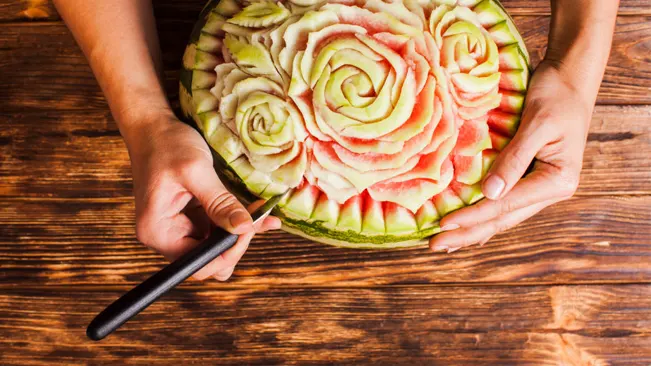
History and Evolution of Carving Knives
The journey of carving knives began centuries ago, originating from basic tools to today’s sophisticated designs. Initially, these knives were simple and purely functional, but over time, they evolved, incorporating advanced materials and ergonomic designs, making them indispensable in modern kitchens.
Anatomy of a Carving Knife
A typical carving knife comprises a long, thin blade and a sturdy handle, offering precision and control. The choice of material, such as stainless or carbon steel, affects its sharpness, durability, and ease of maintenance. Each part of the knife serves a purpose, from the pointed tip for intricate cuts to the handle design for a comfortable grip.
Types of Carving Knives
Carving knives come in various forms, each suited to specific tasks. Understanding these differences is key to selecting the right knife for each culinary task.
Straight-Edge Carving Knives
- Description: These knives feature a long, thin, and straight blade, designed for precision slicing.
- Uses: They are ideal for making clean cuts through roast meats, such as beef, pork, or lamb. The straight edge allows for smooth, even slices without tearing the meat, preserving its texture and appearance.
- Advantages: Offers more control and accuracy, essential for thinly slicing meats. It’s also easier to sharpen due to the straight edge.
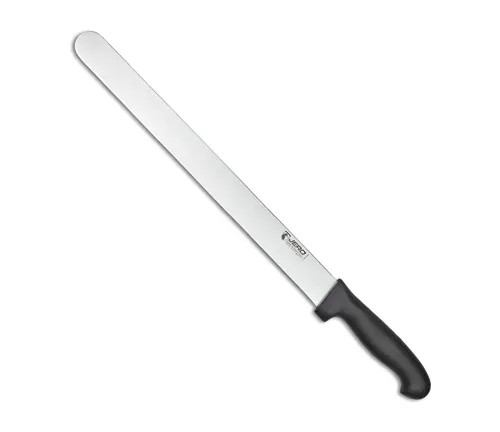
Serrated Carving Knives
- Description: Characterized by their saw-like edge, serrated knives are designed to cut through tougher exteriors.
- Uses: Perfect for bread, as the serrated edge grips and cuts through the crust without crushing the softer inside. Also suitable for meats with a tougher exterior, like some roasts or smoked meats.
- Advantages: The serrated edge requires less pressure for cutting, making it easier to slice through tough or crusty surfaces without much effort.
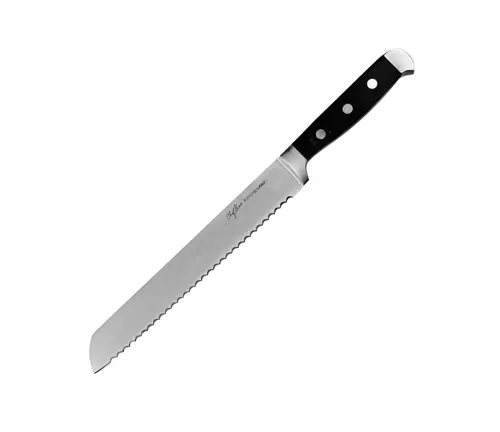
Flexible Carving Knives
- Description: These knives have a more flexible blade, allowing for greater maneuverability.
- Uses: Ideal for more delicate tasks, such as filleting fish or carving meat away from bones. The flexibility allows the blade to bend and move around bones, joints, and skin with ease.
- Advantages: Enhances precision in complex cutting tasks, making it easier to achieve clean cuts in challenging situations.
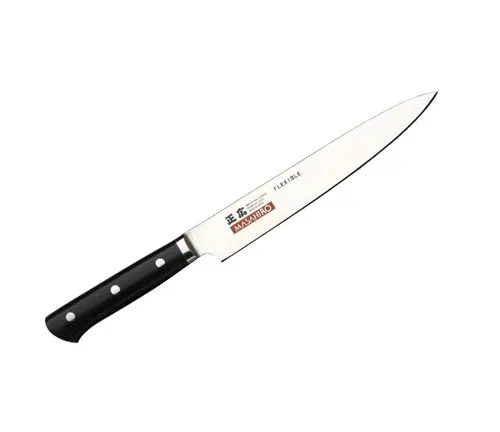
Granton Edge Carving Knives
- Description: These knives feature hollowed-out grooves along the blade.
- Uses: The design is particularly effective for cutting sticky or wet foods, as the grooves prevent food from sticking to the blade. They are excellent for slicing hams, smoked salmon, or even certain cheeses.
- Advantages: The Granton edge reduces friction and helps in making thinner, more consistent slices without tearing the food.
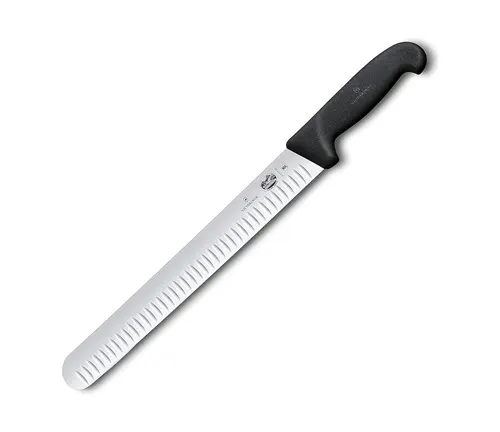
Heavy-Duty Carving Knives
- Description: These are thicker and often heavier than standard carving knives.
- Uses: Best for more robust tasks, such as carving denser meats like brisket or large roasts, where more force is needed.
- Advantages: The added weight and strength of the blade make it easier to handle tougher cutting jobs, providing better leverage and control.
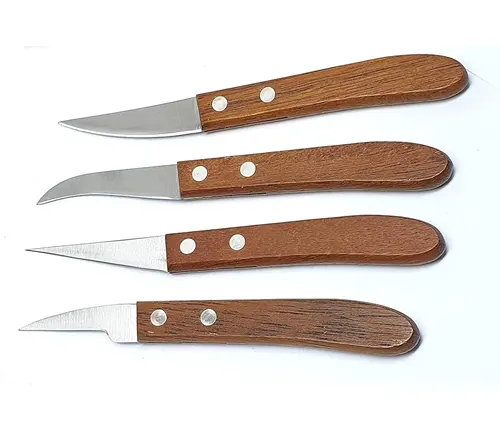
Uses of Carving Knives in the Kitchen
Carving knives, with their specialized designs, are not limited to a single use in the kitchen. Their functionality extends beyond traditional meat carving, making them indispensable tools for a variety of culinary tasks. Here, we explore the diverse uses of carving knives, highlighting their versatility.
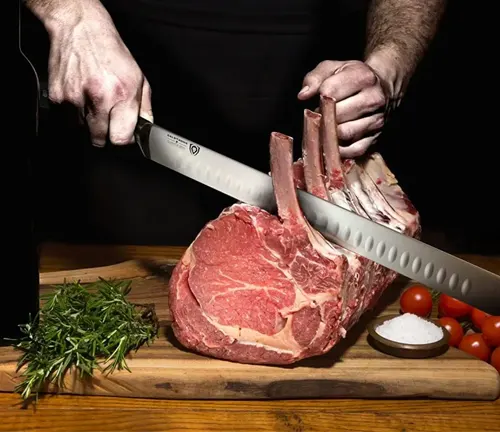
Carving Meats
Roasts: The classic use of a carving knife is in slicing roast meats. Whether it’s beef, lamb, pork, or poultry, the long, sharp blade allows for smooth, clean cuts. This precision helps in maintaining the integrity of the meat, ensuring each slice is perfectly presented.
Hams and Turkeys: For larger meats like ham or turkey, a carving knife’s length becomes particularly beneficial. It allows for long, uninterrupted strokes, creating even slices without shredding the meat.
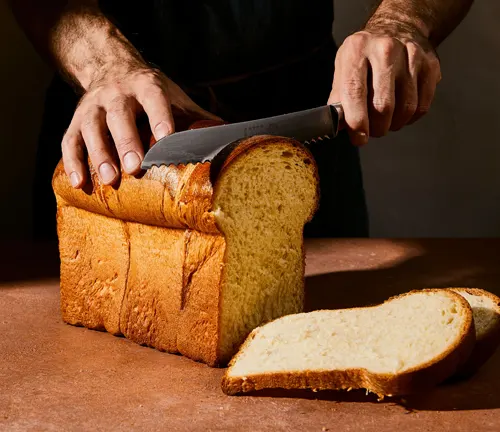
Slicing Bread
Crusty Breads: While a serrated bread knife is often the first choice, a serrated carving knife can be equally effective for cutting through crusty bread loaves. The serrated edge saws through the hard crust without crushing the soft interior.
Soft Breads: For softer breads, a straight-edge carving knife can provide cleaner cuts without the tearing that might occur with a serrated edge.
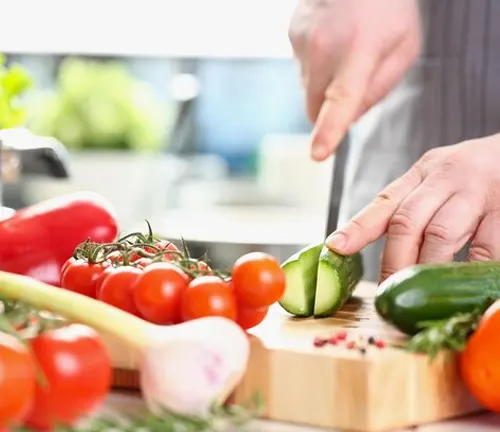
Preparing Fruits and Vegetables
Large Fruits: The length and sharpness of a carving knife make it suitable for slicing large fruits like watermelon, pineapple, or cantaloupe. It can handle the size and often tough outer skin of these fruits with ease.
Vegetables: For large vegetables like squash or pumpkin, a carving knife can be used to make initial cuts through the tough exterior, making them easier to manage with smaller knives.
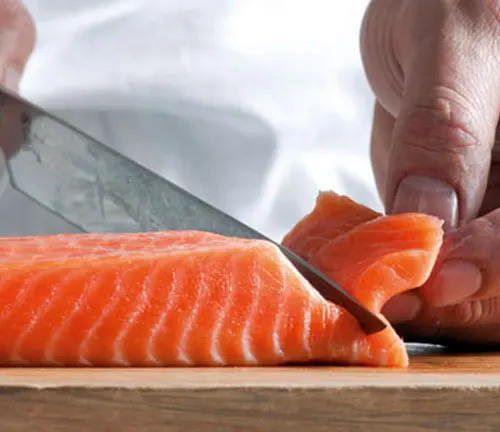
Filleting Fish
Flexible Variants: A flexible carving knife can be an excellent tool for filleting fish. Its flexibility allows the blade to glide along the bones, minimizing waste and ensuring clean separation of the flesh.
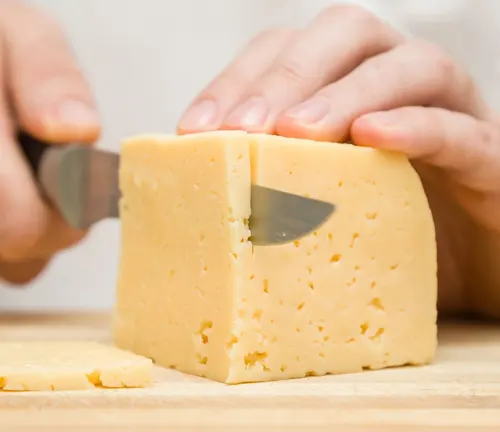
Cheese Slicing
Hard Cheeses: A carving knife’s sharp edge is suitable for cutting through hard cheeses, providing clean slices without crumbling.
Soft Cheeses: For softer cheeses, a straight-edge carving knife can slice without sticking or squashing the cheese.
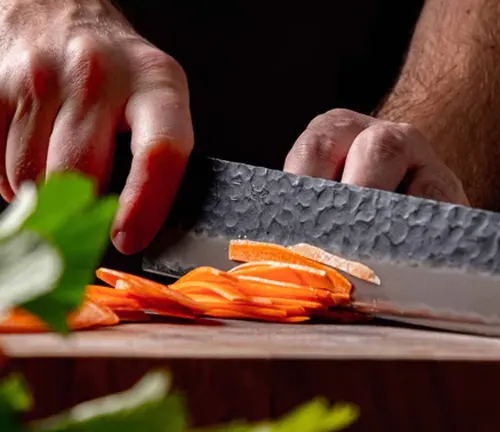
Precision Tasks
Slicing Delicate Desserts: Carving knives can be employed for delicate tasks like slicing cakes, pastries, or terrines. The thin blade allows for precise cuts without damaging the structure of these delicate items.
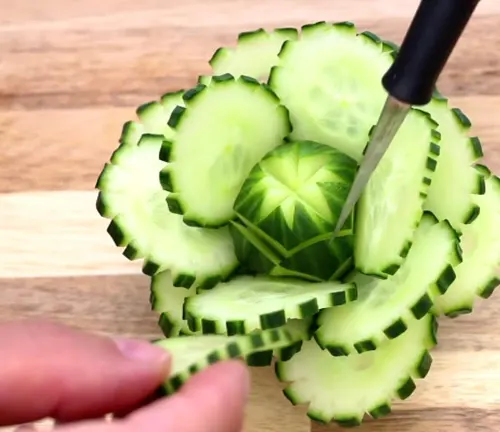
Decorative Cuts
Garnishes and Decorations: A carving knife’s sharp, precise blade can be used for making decorative cuts in fruits and vegetables, adding an elegant touch to dishes and platters.
In summary, the carving knife is a multifaceted tool in the kitchen, transcending its traditional role of meat carving. Its ability to adapt to various culinary requirements, from slicing bread and cheese to preparing fruits and delicate desserts, makes it an invaluable asset for both professional chefs and home cooks. Understanding and harnessing the full range of its uses can elevate the quality and presentation of a wide array of dishes.
Advantages of Using a Carving Knife
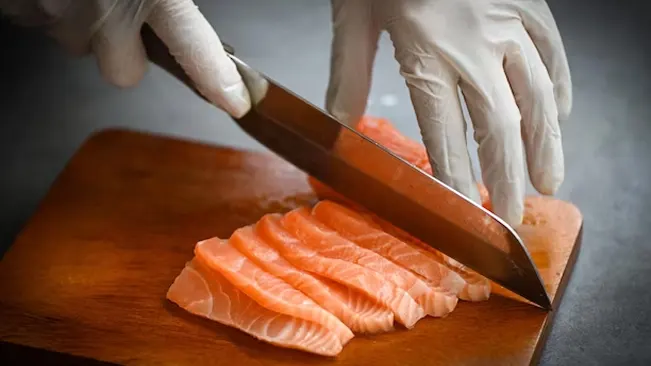
Precision and Accuracy
- Controlled Slicing: The design of a carving knife, with its long and narrow blade, allows for controlled, precise cuts. This is particularly important for delicate tasks like filleting fish or carving intricate patterns in fruits and vegetables.
- Uniformity in Size: Consistent slice thickness is crucial for both cooking and presentation. A carving knife ensures uniformity, which is especially important for dishes where even cooking and presentation matter, like roasts or sushi.
Efficiency in Food Preparation
- Time-Saving: The sharpness and length of a carving knife reduce the time required for slicing tasks. It’s capable of cutting through large pieces of meat or other food items swiftly, making meal preparation quicker and more efficient.
- Versatility: The ability of a carving knife to perform various tasks, from slicing bread to preparing fruits, reduces the need for multiple tools, streamlining the cooking process.
Reduced Wastage
- Minimal Food Waste: The precision of a carving knife means less food is wasted during preparation. For example, more meat can be carved off the bone, and less bread is lost to crumbling when slicing.
- Longer Shelf Life: Precise cuts, especially on fruits and vegetables, can mean a reduced exposed surface area, which can help in slowing down the oxidation process, thereby preserving the freshness of the produce.
Enhanced Food Texture and Integrity
- Maintains Structure: A carving knife’s sharp edge cuts cleanly through food, maintaining its structure and texture. This is particularly crucial for items like bread, cakes, or delicate meats, where preserving the integrity of each slice is vital.
- Improved Cooking Results: Evenly cut food pieces cook more uniformly, ensuring that all parts are equally cooked, enhancing the overall taste and quality of the dish.
Improved Safety
- Reduced Slippage: The sharpness of a carving knife requires less force, reducing the risk of slippage and potential accidents.
- Better Grip and Control: Ergonomically designed handles provide a secure grip, giving the user better control over the knife, which further enhances safety during use.
Enhanced Aesthetics in Presentation
- Visual Appeal: The ability to make clean, precise cuts enhances the visual appeal of food. Beautifully presented slices of meat, fruits, or vegetables can elevate the overall dining experience.
- Artistic Expressions: A carving knife allows for artistic expressions in food presentation, such as creating intricate garnishes or decorative patterns, adding an extra touch of elegance to dishes.
Maintenance and Care
Maintaining a carving knife involves several key steps to ensure its longevity and effectiveness. Firstly, proper cleaning is essential. After each use, the knife should be washed with mild soap and warm water, then dried immediately to prevent rusting or damage to the blade. It’s important to avoid putting the knife in a dishwasher, as the harsh chemicals and high temperatures can damage the blade and handle.
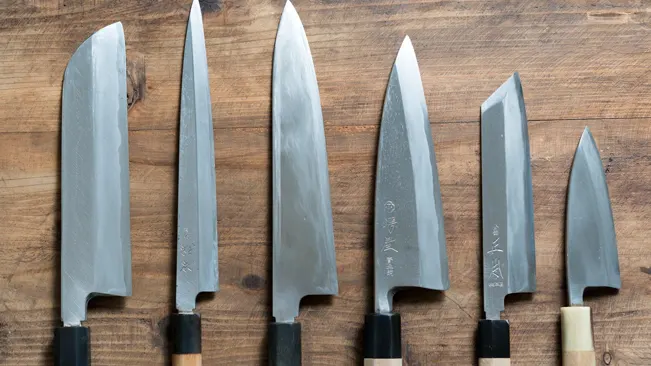
Periodic sharpening is also vital. A dull blade is not only ineffective but can be dangerous, as it requires more force to cut, increasing the risk of slipping. Depending on how frequently the knife is used, it should be sharpened every few months. This can be done using a sharpening stone, honing rod, or a professional sharpening service to ensure the blade maintains its edge.
Safety Considerations
When using a carving knife, safety is paramount and involves several key practices. Proper handling includes gripping the handle firmly with your dominant hand and cutting away from your body, using a stable, non-slip cutting surface to prevent the knife from slipping. Keeping the knife sharp reduces the need for excessive force and minimizes the chance of slipping off the food.
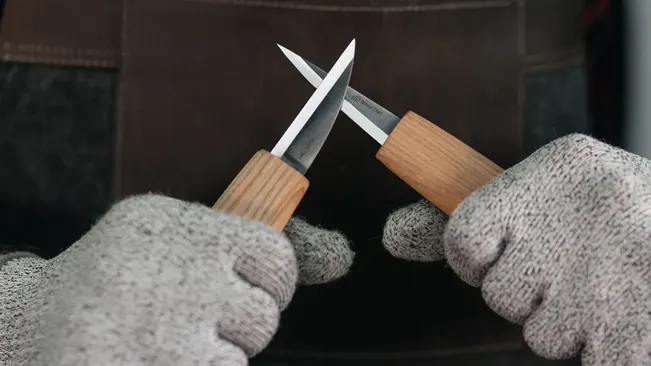
Regular maintenance, like sharpening and checking for blade damage, ensures the knife’s safe use. Being mindful of your environment is also important: avoid distractions, maintain a well-lit and clutter-free work area. Finally, safe storage in a knife block, on a magnetic strip, or in a protective sheath is crucial to prevent accidental cuts. These combined practices reduce accident risks and contribute to a safer kitchen environment.
Conclusion
Understanding carving knives is key to unlocking their full potential in your kitchen. With their precision, efficiency, and versatility, these knives are more than just tools; they are an extension of the chef’s hand. Investing in a good-quality carving knife and caring for it properly will elevate your cooking experience, bringing professional-grade skill to your kitchen endeavors.
10 FAQs about Understanding Carving Knives
- What is a carving knife and how is it different from other kitchen knives?
A carving knife is a specialized knife designed for slicing thin cuts of meat. It differs from other kitchen knives in its long, narrow blade, which allows for precise and clean cuts. - Why is a carving knife important in food preparation?
A carving knife is important for its precision and efficiency in slicing meats, bread, and large fruits or vegetables. It ensures minimal wastage and maintains the texture and integrity of food. - Can a carving knife be used for vegetables and fruits?
Yes, a carving knife can be effectively used for large fruits and vegetables. Its sharp blade is ideal for making clean, precise cuts. - What are the different types of carving knives?
The main types include straight-edge, serrated, flexible, Granton edge, and heavy-duty carving knives, each designed for specific tasks. - How do I choose the right carving knife for my kitchen?
Consider the primary use (meat, bread, fruits), the type of edge you prefer (straight or serrated), the blade length, and the handle design for comfort and control. - How should I maintain and care for my carving knife?
Regular cleaning, proper drying, periodic sharpening, and safe storage are essential. Avoid dishwashers and use a knife block or magnetic strip for storage. - What safety tips should I follow when using a carving knife?
Always use a stable cutting surface, keep the knife sharp, hold the knife properly, cut away from your body, and never grab a falling knife. - Is there a difference in the technique when using a serrated carving knife compared to a straight-edge one?
Yes, a serrated knife should be used in a sawing motion, while a straight-edge knife is best for a smooth, slicing motion. - Can a carving knife become dull, and how often should it be sharpened?
Like all knives, carving knives can dull over time. They should be sharpened every few months, depending on usage, or whenever you notice a decrease in performance. - What makes a carving knife better for meat slicing compared to a regular chef’s knife?
A carving knife’s long, thin blade allows for longer, cleaner cuts and better control, making it more suitable for slicing meat thinly and evenly, compared to the shorter and broader blade of a chef’s knife.

Kerith Simon
As an expert with over ten years of dedicated experience in knife defense, my professional journey is anchored in a profound commitment to the safety and empowerment of individuals through specialized education. My expertise is not only grounded in practical self-defense techniques but also extends to a scholarly understanding of knife functionality, which I have meticulously documented in my authoritative series, This work stands as a testament to my deep engagement with the subject, offering readers critical insights into the nuances of knife selection and usage across various contexts. My approach to teaching and content creation is informed by a rigorous methodology and a continuous pursuit of knowledge, ensuring that the strategies and insights I provide are both effective and scientifically sound. Through a combination of hands-on workshops, comprehensive seminars, and well-researched publications, I strive to elevate the standard of knife defense education, making it accessible and reliable for those seeking to enhance their security and proficiency in this essential skill.

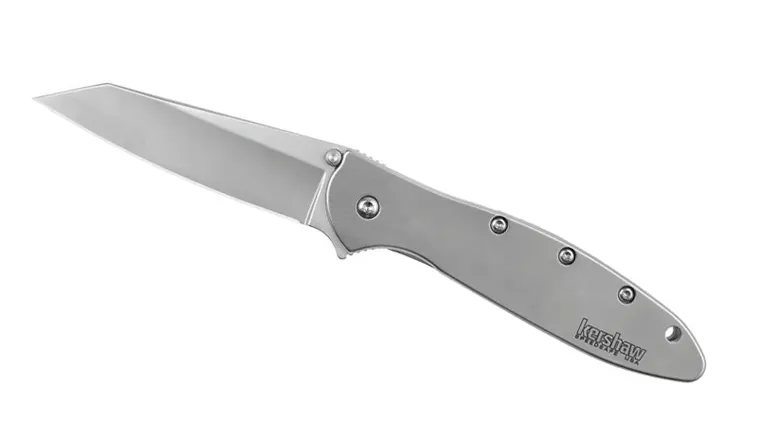

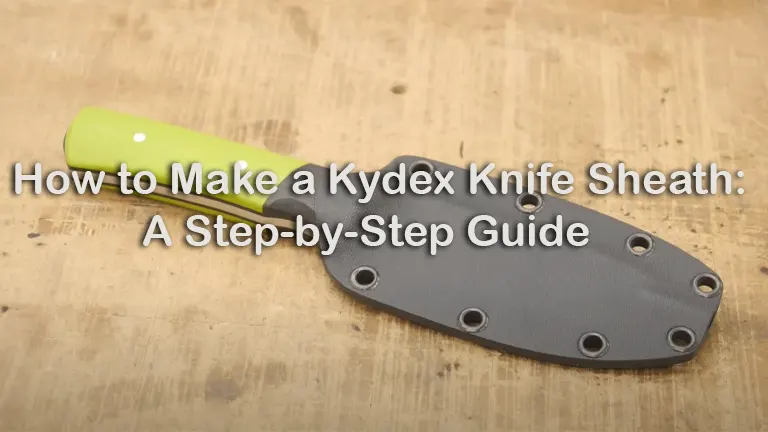
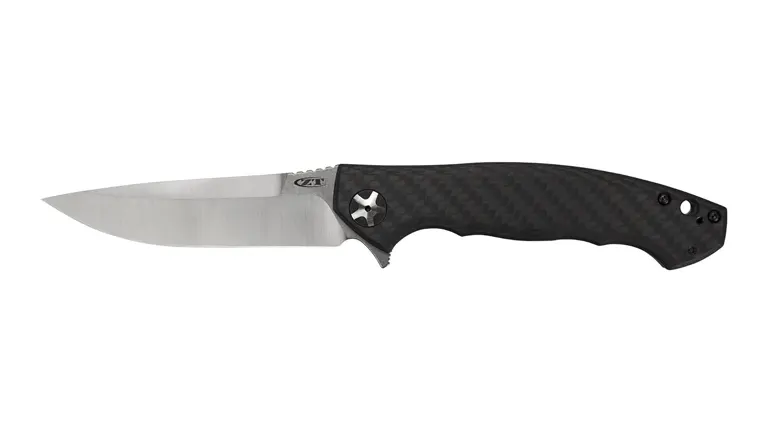
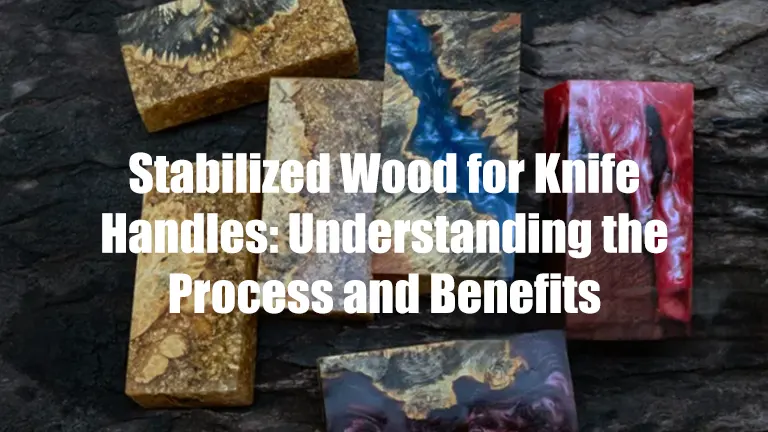
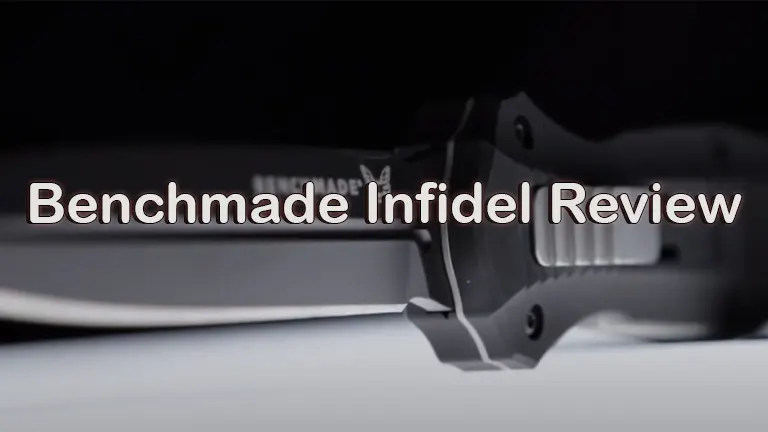
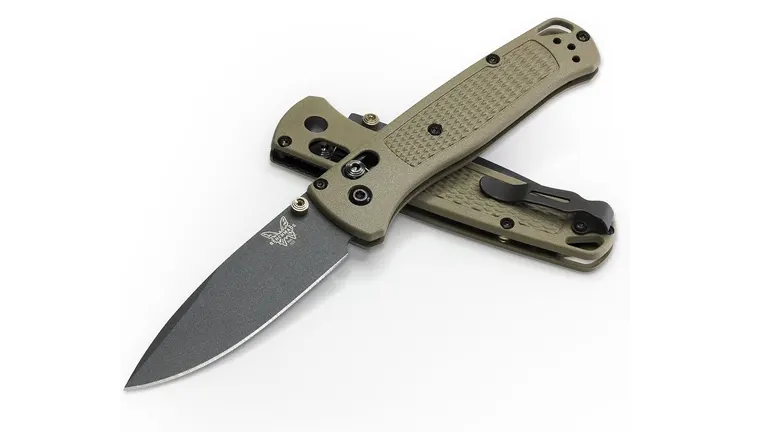
Leave your comment